Search
materials and coatings
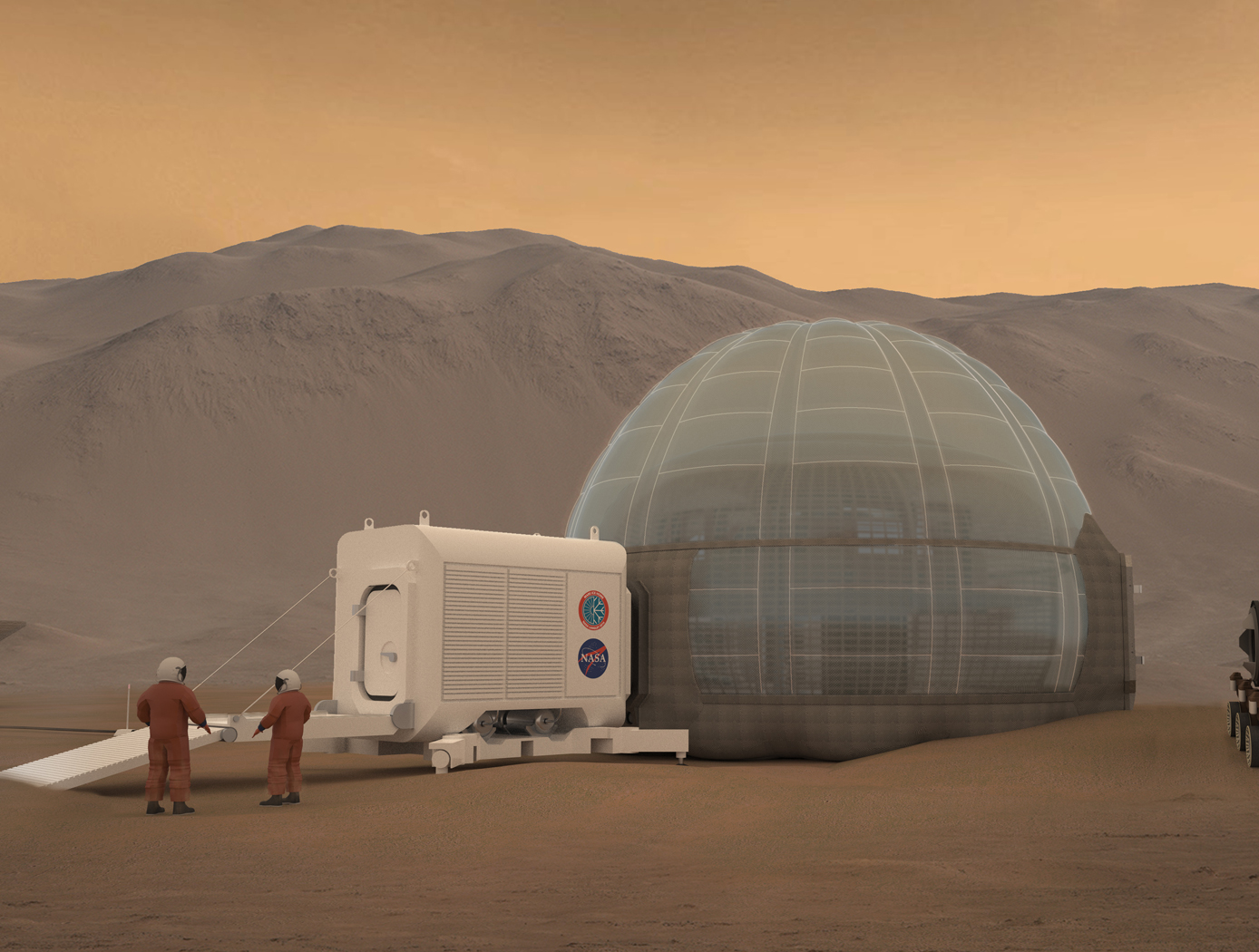
Sucrose Treated Carbon Nanotube and Graphene Yarns and Woven Sheets
Various aerospace and terrestrial applications require lightweight materials with very high mechanical properties. Carbon nanotubes and graphene sheets have been found to be such materials. In addition, they have been found to have excellent electrical and thermal transport properties. However, retaining the excellent nanoscale properties, particularly mechanical and thermal transport, in bulk materials has proven to be challenging. In order for the nanotubes to be used in applications, they must be spun into yarn(s), sheet(s), and other macroscopic forms introducing relatively weak tube-to-tube and inter-bundle bonds. Also, the nanotubes tend to be entangled, and they therefore do not all contribute in load bearing. Weak coupling at tube and bundle interfaces also leads to mechanical and thermal transport that are much lower than would be expected from the nanoscale carbon nanotube or graphene properties.
This invention is for consolidated carbon nanotube or graphene yarns and woven sheets via the formation of a carbon binder formed from the dehydration of sucrose. The resulting materials are lightweight and possess a high specific modulus and/or strength on the macro-scale. Sucrose is relatively inexpensive and readily available, leading to a cost-effective route for achieving bulk nanotube/graphene based multifunctional material formats.
materials and coatings
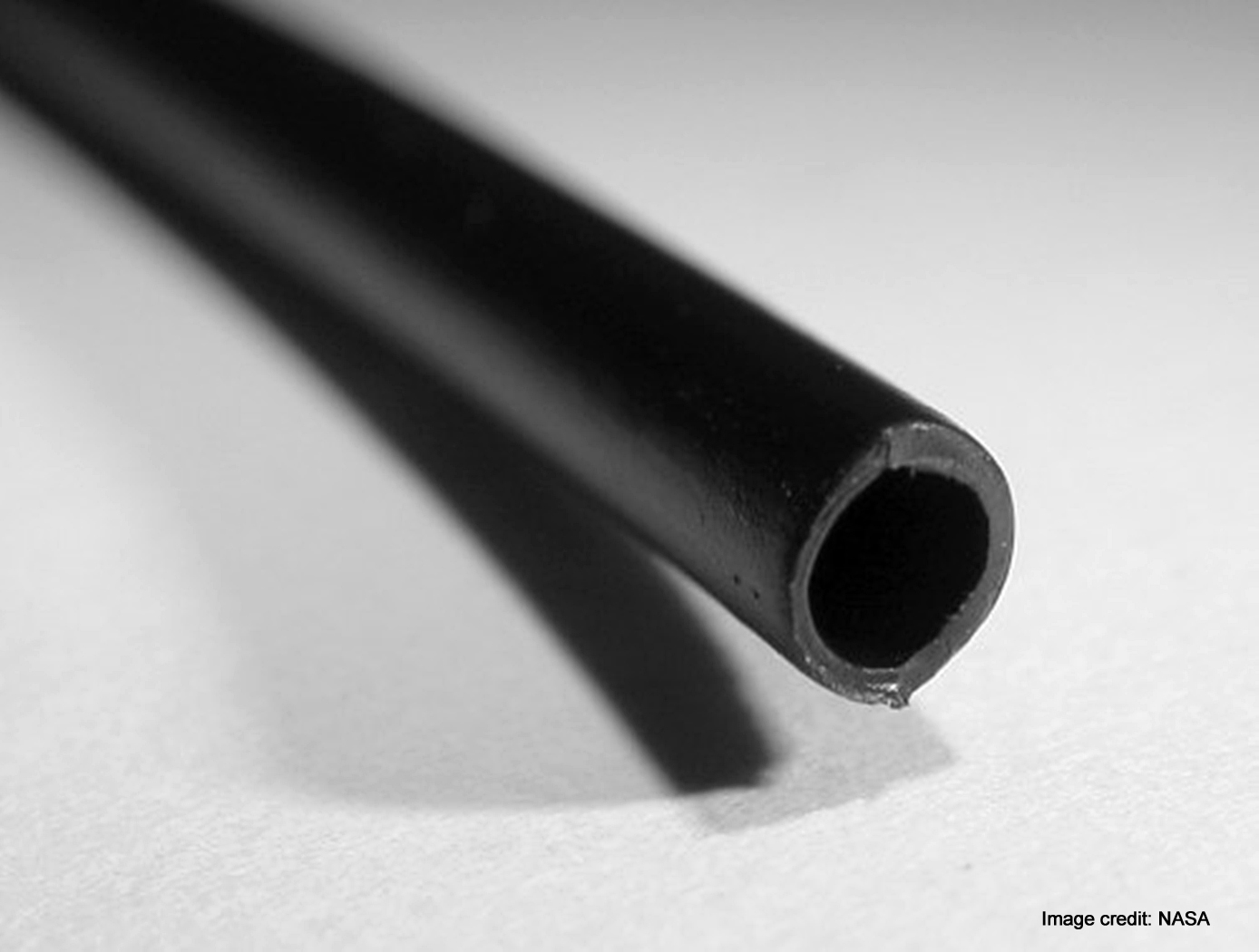
Highly Thermal Conductive Polymeric Composites
There has been much interest in developing polymeric nanocomposites with ultrahigh thermal conductivities, such as with exfoliated graphite or with carbon nanotubes. These materials exhibit thermal conductivity of 3,000 W/mK measured experimentally and up to 6,600 W/mK predicted from theoretical calculations. However, when added to polymers, the expected thermal conductivity enhancement is not realized due to poor interfacial thermal transfer.
This technology is a method of forming carbon-based fillers to be incorporated into highly thermal conductive nanocomposite materials. Formation methods include treatment of an expanded graphite with an alcohol/water mixture followed by further exfoliation of the graphite to form extremely thin carbon nanosheets that are on the order of between about 2 and about 10 nanometers in thickness. The carbon nanosheets can be functionalized and incorporated as fillers in polymer nanocomposites with extremely high thermal conductivities.
Sensors
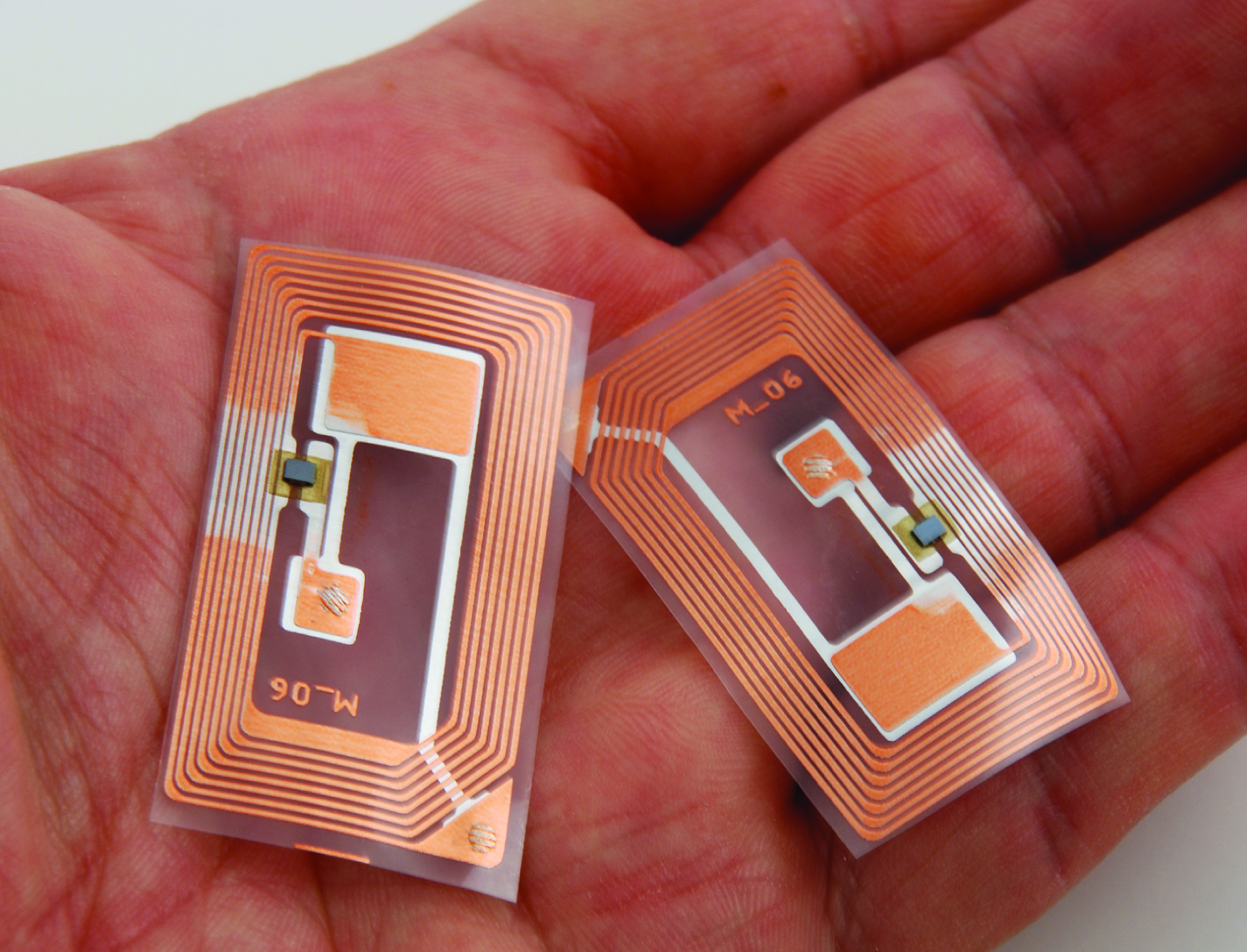
Passive Smart Container
Passive Smart Container system comprises four major components: RFID circuits embedded in or around the container, an antenna and RF distribution system, and an interrogator/reader. The system uses passive RFID circuits placed on a bulk item container to track consumption and quantify items as the items are removed, added or replaced in the container. The antenna is strategically integrated with the lid or elsewhere in or around the container and is constantly coupling RFID signals to/from the RFID circuits. The circuits reply with information regarding the fill level in the container. A processor connected to the reader/interrogator can infer the fill level according to which RFID circuits respond and the magnitude and phase of the returned signals. The technology is compatible with the EPCglobal Class-1 Generation-2 RFID standard. This setup can be modified to track all kinds of items, large and small, making this technology suitable and applicable to an array of commercial fields.
RFID is a disruptive technology that has made a large impact on several industries, especially in supply chain and asset management. Passive Smart Container is well positioned to tap into this growing market. Its ability to account for discrete items as well as liquids and bulk goods that were deemed impossible or impractical to tag makes this technology relevant for an array of applications and industries.
environment
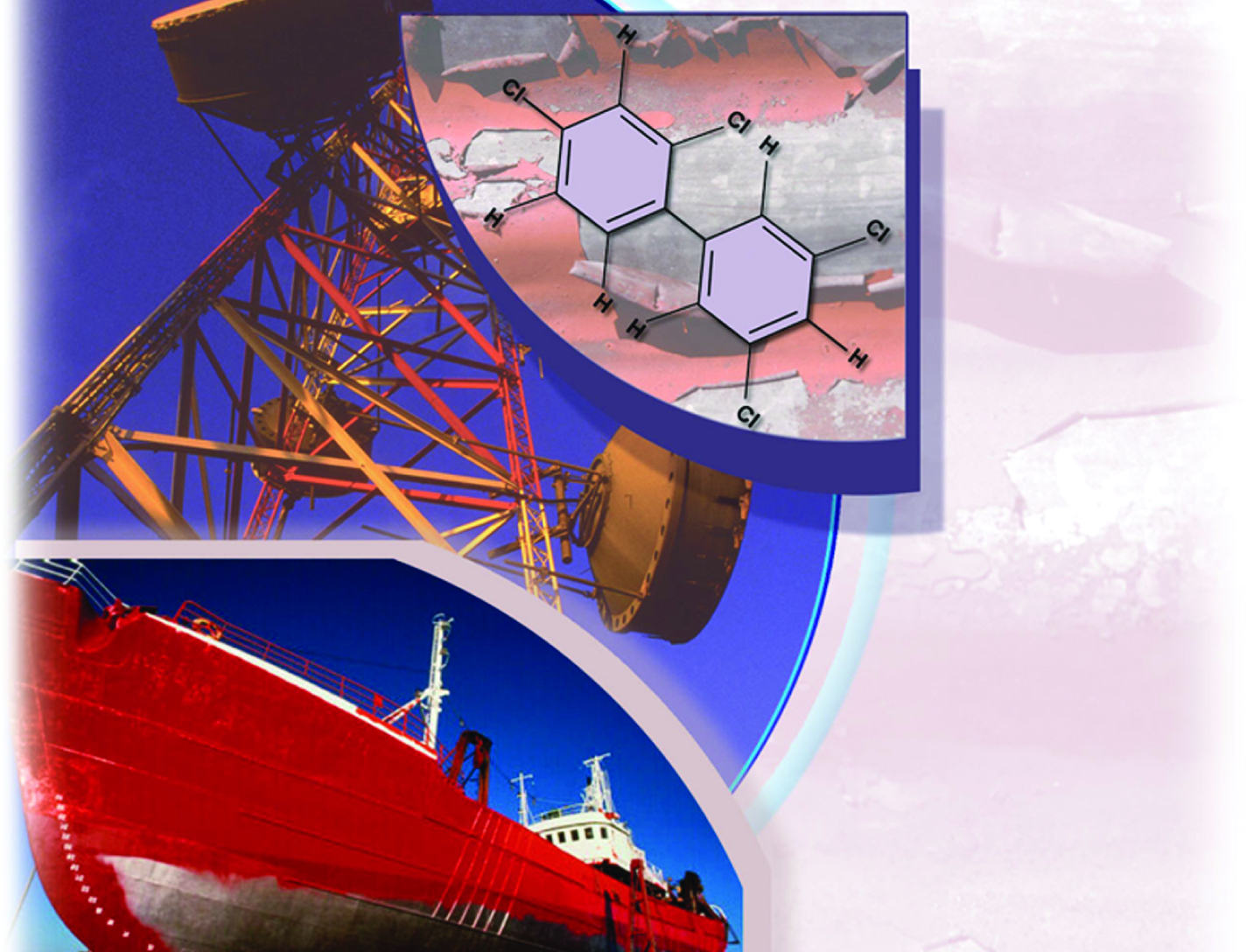
Activated Metal Treatment System (AMTS) for Paints
PCBs have been shown to cause cancer in animals and to have other adverse effects on immune, reproductive, nervous, and endocrine systems. Although the production of PCBs in the United States has been banned since the late 1970s, many surfaces are still coated with PCB-laden paints. The presence of PCBs in paints adds complexity and expense for disposal. Some treatment methods (e.g., use of solvents, physical removal via scraping) are capable of removing PCBs from surfaces, but these technologies create a new waste stream that must be treated. Other methods, like incineration, can destroy the PCBs but destroy the painted structure as well, preventing reuse.
To address limitations with traditional abatement methods for PCBs in paints, researchers at NASAs Kennedy Space Center (KSC) and the University of Central Florida have developed the Activated Metal Treatment System (AMTS) for Paints. This innovative technology consists of a solvent solution (e.g., ethanol, d-limonene) that contains an activated zero-valent metal.
AMTS is first applied to the painted surface either using spray-on techniques or wipe-on techniques. The solution then extracts the PCBs from the paint. The extracted PCBs react with the microscale activated metal and are degraded into benign by-products. This technology can be applied without removing the paint or dismantling the painted structure. In addition, the surface can be reused following treatment.
instrumentation

Variable Visibility Glasses
for Instrument Flight Training
The technology combines electroactively controlled liquid crystal lenses with a means for determining the pilots head position. When the pilots head is positioned to look outside the front or side windscreens, the lenses restrict light transmission. When the pilots head is lowered to view the instrument panel or other cockpit displays, the lenses allow light transmission so that the view of the instruments is unimpeded. Light transmission through the lenses can be selectively controlled by the system, ranging from 0.1% to 10%. The lenses are mounted in conventional eyeglass frames.
The frames include a detection system to determine the position and orientation of the pilots head. Circuits within the frames activate the lenses to restrict light transmission when the pilots head is oriented to look out the windscreen. A PC, linked to the aircraft flight computer or altimeter, is also in the control loop and turns off the system to allow unimpeded visibility when the aircraft is below 200 feet or for other specified conditions.
The technology readiness level of this invention is at stage seven with a prototype having been tested.
materials and coatings
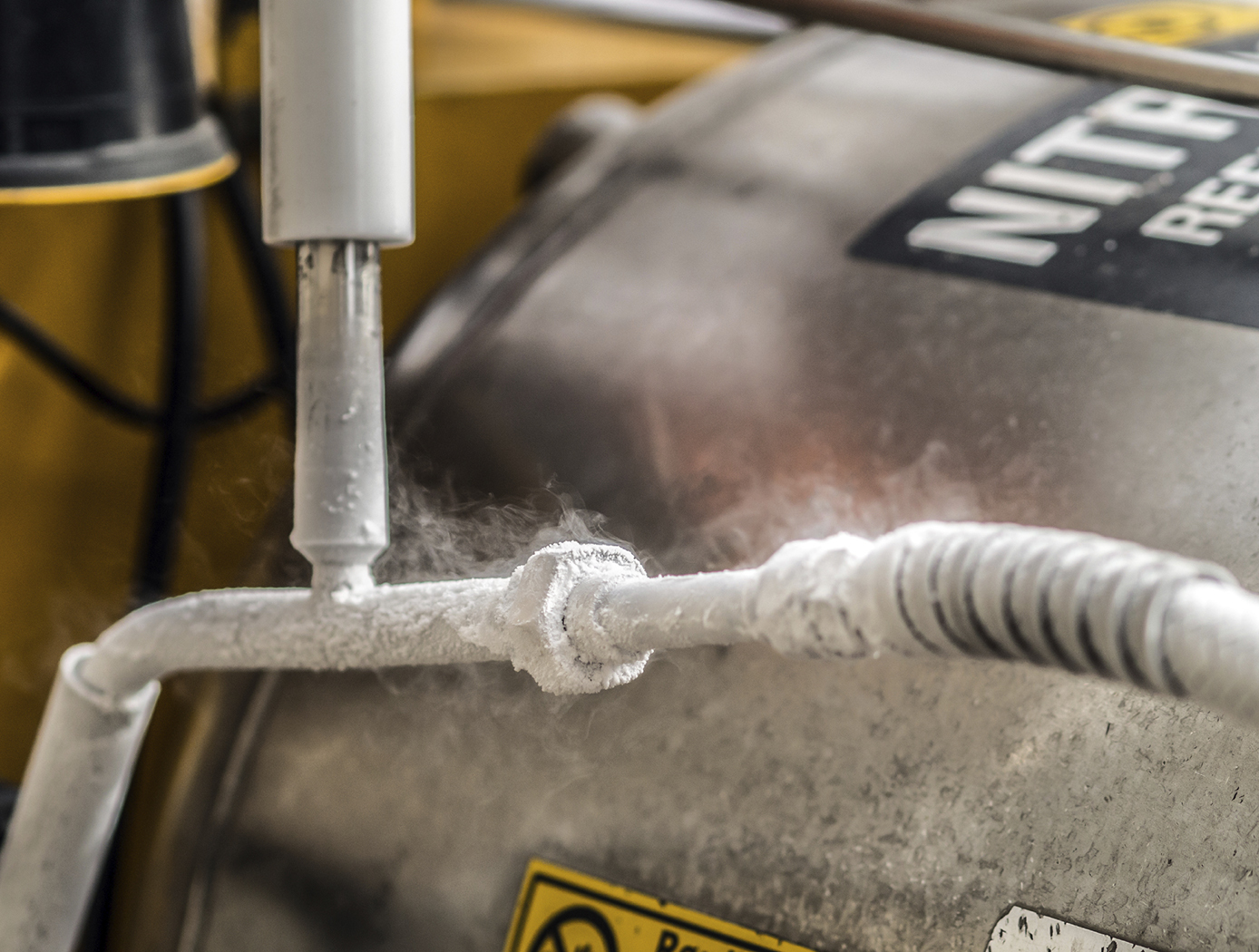
Polyamide Aerogels
Polyamides are polymers that are similar to polyimides (another polymer that has been developed for use in aerogels). However, because the amide link is a single chain while the imide link is a ring structure, polyamide aerogels can be made less stiff than polyimides, even though a similar fabrication process is used. The precursor materials can be made from any combination of diamine and diacid chloride. Furthermore, NASA Glenn researchers have found methods for using combinations of diamines and disecondary amines to produce polyamide aerogels with tunable glass transition temperatures, for greater control of features such as flexibility or water-resistance.
In the first step of the fabrication process, an oligomeric solution is produced that is stable and can be prepared and stored indefinitely as stock solutions prior to cross-linking. This unique feature allows for the preparation and transport of tailor-made polyamide solutions, which can later be turned into gels via the addition of a small amount of cross-linker. When the cross-linking agent is added, the solution can be cast in a variety of forms such as thin films and monoliths. To remove the solvent, one or more solvent exchanges can be performed, and then the gel is subjected to supercritical drying to form a polyamide aerogel. NASA Glenn's polyamide aerogels can be fully integrated with the fabrication techniques and products of polyimide aerogel fabrication, so hybrid materials which have the properties of both classes are easily prepared. As the first aerogels to be composed of cross-linked polyamides, these materials combine flexibility and transparency in a way that sets them apart from all other polymeric aerogels.
power generation and storage
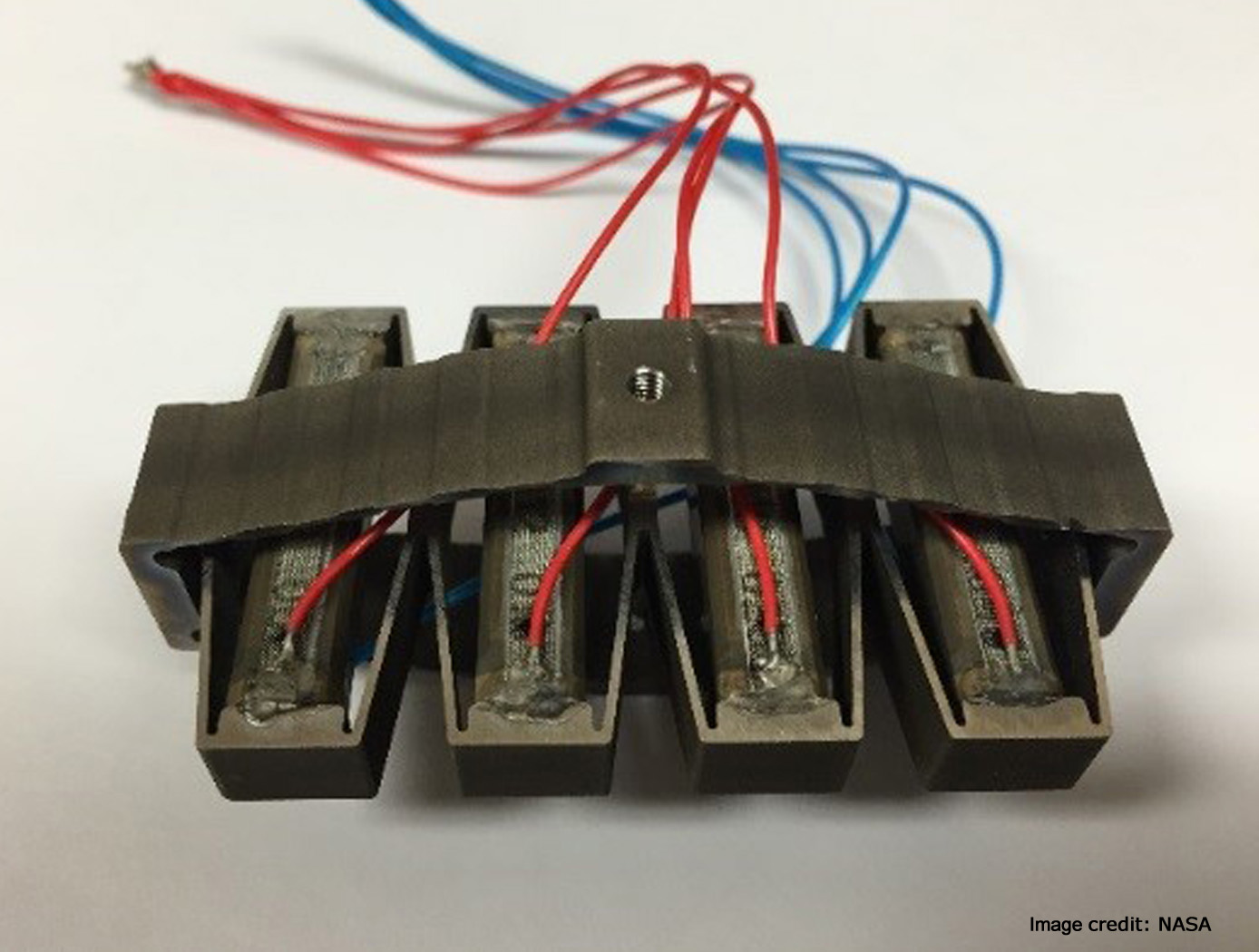
Relaxor Piezoelectric Single Crystal Multilayer Stacks for Energy Harvesting Transducers (RPSEHT)
Energy management is one of the most challenging issues in the world today. Accordingly, various energy harvesting technologies have gained attention, including harvesting energy from ambient vibration sources using piezoelectric materials. However, conventional piezoelectric energy harvesting transducer (PEHT) structures have effective piezoelectric constants that are lower than about 10^4 pC/N, (resonant mode). These low piezoelectric constants lead to conventional PEHTs not being able to harvest electric power effectively. Further, for a specific vibration/motion source, it would be advantageous to maximize the mechanical energy captured from the vibration structure into the piezoelectric device and to convert a greater fraction of that mechanical energy into electrical energy more efficiently.
This invention is a system and method using multistage force amplification of piezoelectric energy harvesting transducers (MFAPEHTs) to increase the effective piezoelectric constant to >10^6 pC/N and to increase the mechanical energy input to the device. The invention utilizes 33 mode PZT to permit maximum coupling between the input mechanical energy with the piezoelectric material, and multilayer construction of single crystal PMN-PT material to significantly amplify the voltage/charge generation and storage from the applied mechanical force.
mechanical and fluid systems
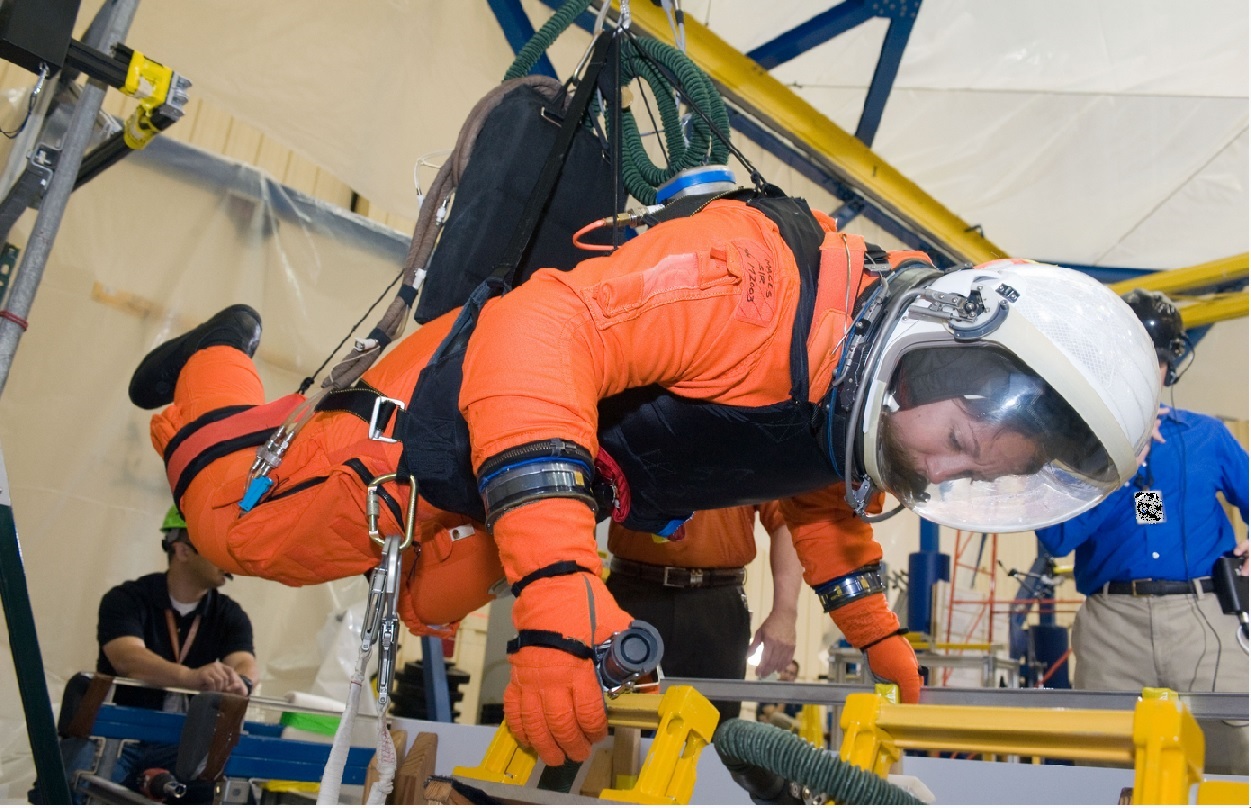
Full-Size Reduced Gravity Simulator For Humans, Robots, and Test Objects
The Active Response Gravity Offload System (ARGOS) provides a simulated reduced gravity environment that responds to human-imparted forces. System capabilities range from full gravity to microgravity. The system utilizes input/feedback sensors, fast-response motor controllers, and custom-developed software algorithms to provide a constant force offload that simulates reduced gravity.
The ARGOS system attaches to a human subject in a gimbal and/or harness through a cable. The system then maintains a constant offload of a portion of the subjects weight through the cable to simulate reduced gravity. The system supports movements in all 3 dimensions consistent with the selected gravity level. Front/back and left/right movements are supported via a trolley on an overhead runway and bridge drive system, and up/down movements are supported via a precisely positioned cable. The system runs at a very high cycle rate, and constantly receives feedback to ensure the human subjects safety.
environment
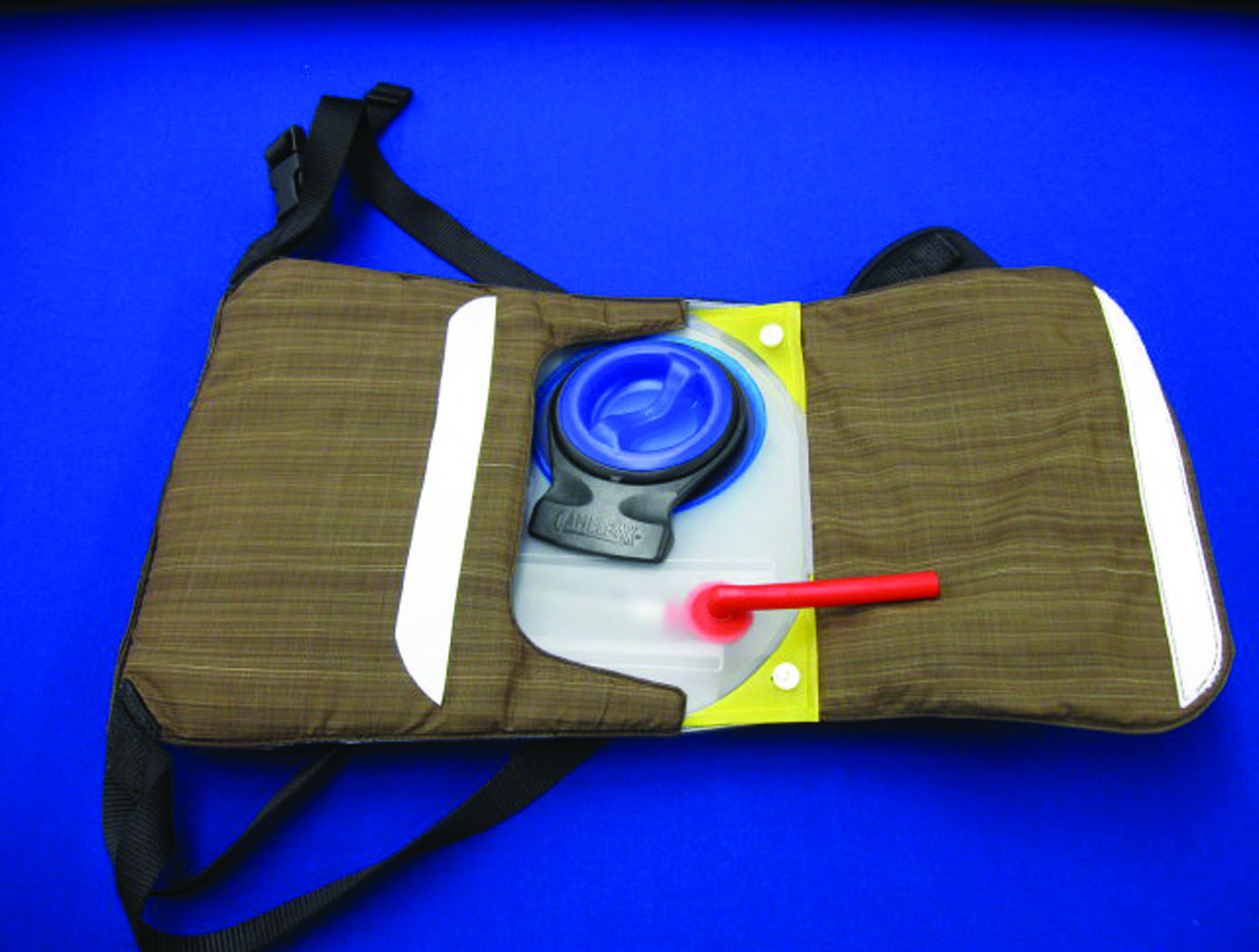
Freeze-Resistant Hydration System
Even when a water conformal fluid reservoir and drink straw are zipped into a down suit, water freezes under extreme conditions. This poses a health hazard, particularly to high-altitude climbers who mouth-breathe, as mouth-breathing causes substantial fluid loss (in exhaled breaths). Climbers of 8,000-meter peaks get only 1 liter or less of fluid on summit days because their drink bottles freeze so quickly.
The High Altitude Hydration System keeps water from freezing in three different ways. First, the system has passive thermal control that uses aerogel insulation on the outside of the conformal fluid reservoir and around the drinking straw to protect the contents from the cold. The container is placed within an inner layer of clothing, and the insulated straw is pulled out from underneath the suit for sips. Second, the system has a braided copper wire placed around the exterior of the drinking straw and another heat-collecting surface about the container wall to transfer body-generated heat to the fluid reservoir and straw during use. Third, the system uses a microcontroller and tape heater powered by a battery to keep the straw warm and free of ice crystals.
environment
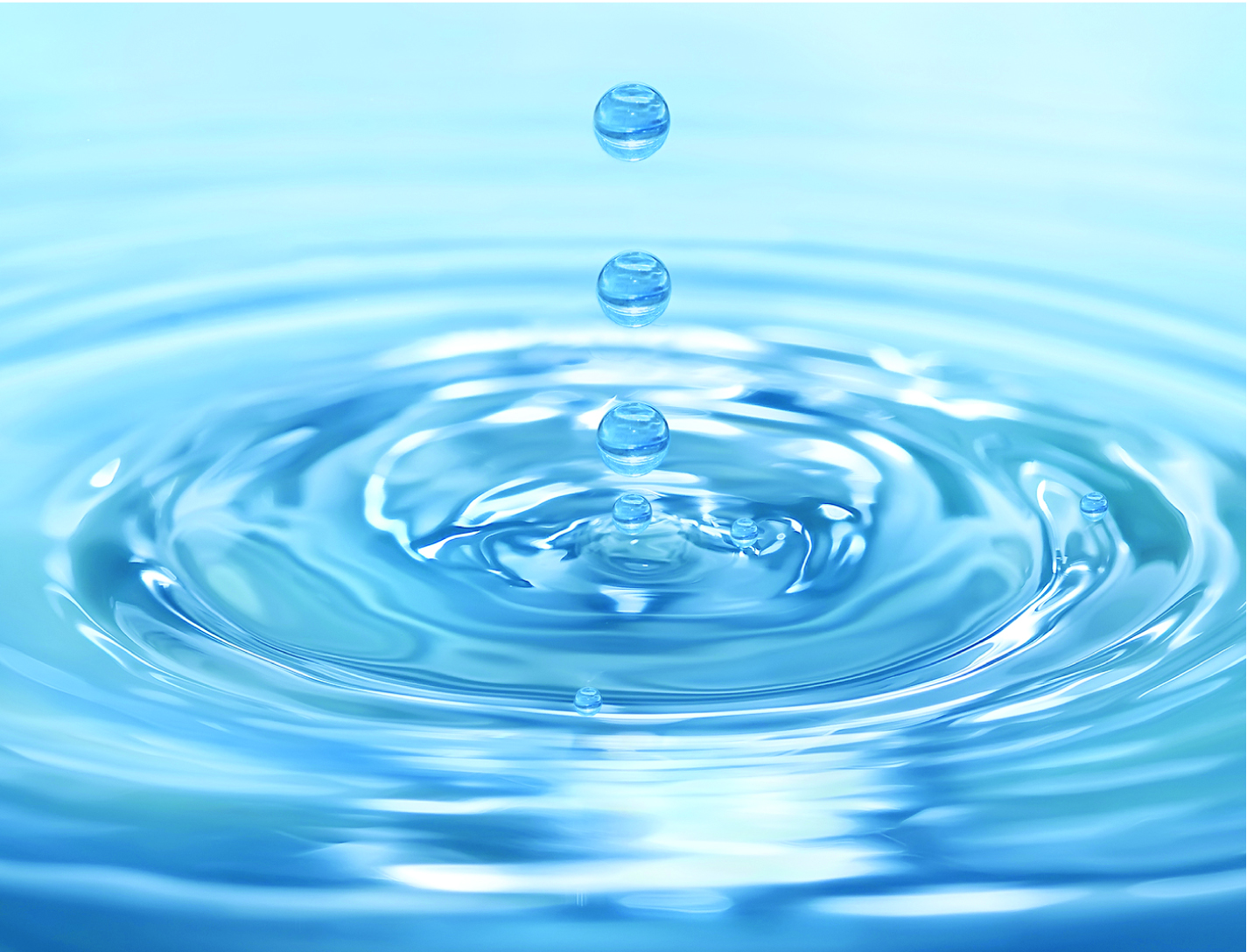
Contaminated Water Treatment
This invention is a system and associated method that is a two step process. It provides a contaminant treatment pouch, referred to as a urine cell or contaminant cell that converts urine or another liquid containing contaminants into a fortified drink, engineered to meet human hydration, electrolyte and caloric requirements. It uses a variant of forward osmosis (FO) to draw water from a urine container into the concentrated fortified drink as part of a recycling stage. An activated carbon pretreatment removes most organic molecules. Salinity of the initial liquid mix (urine plus other) is synergistically used to enhance the precipitation of organic molecules so that activated carbon can remove most of the organics. A functional osmotic bag is then used to remove inorganic contaminants. If a contaminant is processed for which the saline content is different than optimal for precipitating organic molecules, the saline content of the liquid should be adjusted toward the optimal value for that contaminant.


